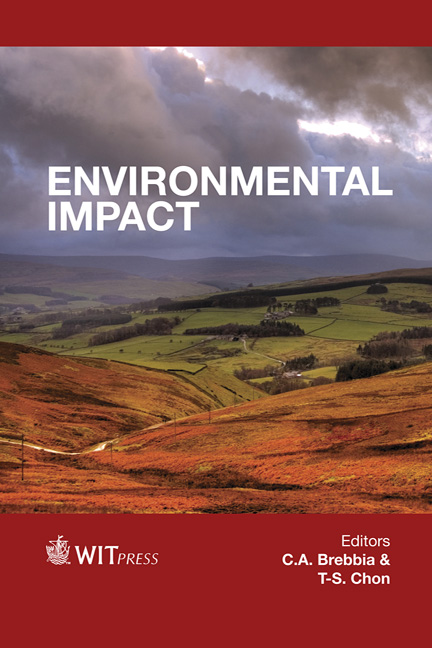Sustainable Housing Development In Nigeria: Using Low-carbon Technology
Price
Free (open access)
Transaction
Volume
162
Pages
8
Page Range
149 - 156
Published
2012
Size
2,761 kb
Paper DOI
10.2495/EID120141
Copyright
WIT Press
Author(s)
A. A. Taiwo, G. Fadairo, Y. M. D. Adedeji & A. O. Olotuah
Abstract
The housing situation in Nigeria is of deep concern for the government and the nation in the light of global warming. However, as studies have shown, the problem of housing is a universal one varying in different degrees from one country to another. Many buildings in Nigeria are inadequate qualitatively, and are located in insanitary environments. The paper examines a sustainable housing development process based on sustainable principles. The paper appraises sustainable housing development in Nigeria using low-carbon technology. This is with particular reference to the stabilized earth bricks as walling materials and the use of renewable energy through solar panels to generate power for such buildings in an environmentally friendly manner. Both embodied and operational energy uses on the buildings are examined with respect to the tropics within and outside the tropical region of the world. Keywords: development, housing, low-carbon, sustainable, technology. 1 Introduction Housing the urban dwellers is one of the major challenges facing mankind in the twenty-first century. Although studies have shown that the problem of housing is universal, it is however more critical in less developed countries (LDCs), including Nigeria. The challenge of housing the poor is particularly acute in the urban areas of LDCs where an explosive expansion of the urban population due to a high population growth rate and massive rural-urban drift has compounded the housing situation [1]. In most instances, the urban poor live in over-crowded housing, often in self-made temporary structures in slums and squatter settlements where they exert unprecedented pressure on deteriorating urban
Keywords
development, housing, low-carbon, sustainable, technology.





